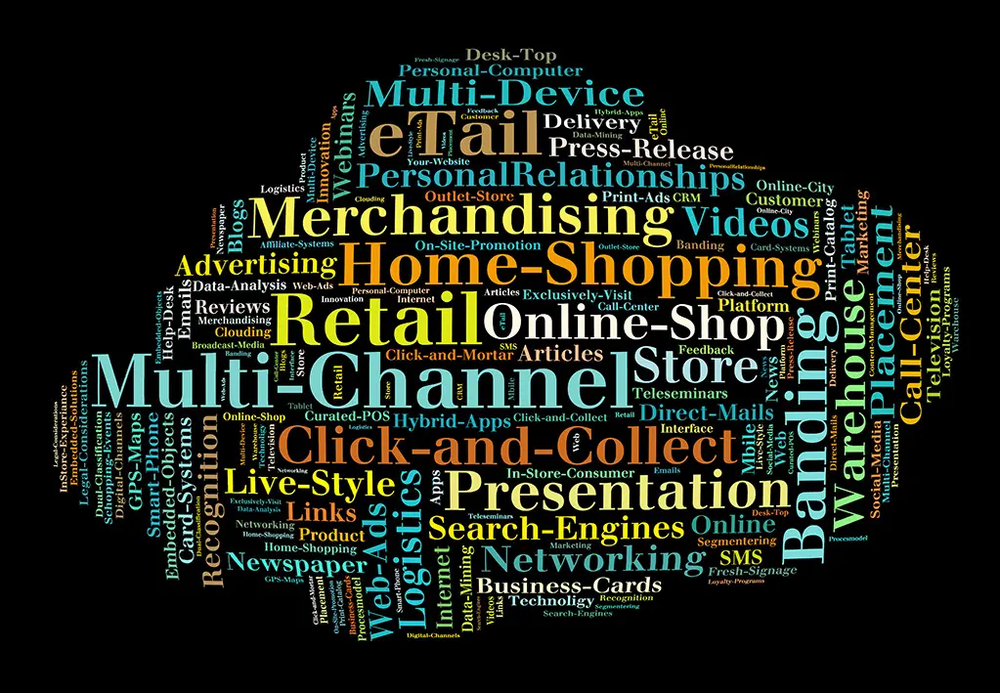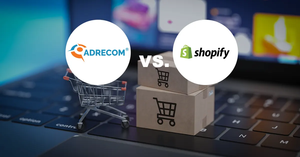
In today’s business world personalizing web-based content, and its delivery, to meet each user’s needs is a competitive imperative for online enterprises. To be most effective, information should be tailored to individual users’ preferences and status, including the type of device they use.
Adrecom’s CMS Suite delivers the solutions you need to design and implement highly effective personalization techniques that offer tailor-made environments to visitors. By offering dynamic content that varies with user behavior, choices, status, and needs, you dramatically enhance your website’s utility, magnetism, and user comfort levels—which, of course, translates into higher conversion rates.
The Need for Personalization is Accelerating
The definition of “user experience” is changing as users become more web proficient and technology offers ever more mechanisms for personalization. Websites can now be personalized through content, media element placement, imagery and even entire themes.
CMS solution must provide capability to manage content re use and personalized content publishing to multiple channels including promotional mini - sites, mobile, landing pages. Moreover, online content must be published simultaneously to a number of different platforms (a web page or a mobile phone application), allowing it to reach your entire audience regardless of the device they use.
Personalization technology enables the dynamic insertion, customization or suggestion of content in any format relevant to the individual user, based on the user’s implicit behavior and preferences, and explicitly given details.
Effective Website Personalization Requires Continuum of Targeting Capabilities
The website-personalization process starts with staging your web site to collect pertinent user data. Examples of data-collection mechanisms include:
- User’s geographic location – Based on user’s IP address.
- The type of device used for access.
- Whether the user is a new visitor or a returning visitor – new and returning visitors are greeted in different ways, and the site has to figure this out and respond accordingly. The user’s experience is enhanced if the site “recognizes” them.
- The time of day a visitor accesses your site – This affects how your system’s greetings are configured.
- Behavioral details – By tracking the pages and links users visit (the clickstream), how users arrive at the site (point of origin), and their previous engagement history, their interests and preferences are observed.
- Login / User Account / Group Personalization – When users log in to a particular part of a site, their individual or group permissions trigger customized content and navigation options. Users can gain access to content or be restricted from accessing content depending on their login information.
- In-Page Personalization – Visitors are permitted to select content for themselves by making in-page choices.
Rules-based Personalization Uses Single Data Points to Make Decisions
Using Adrecom’s personalization tools, companies can set several rules based on parameters such as IP address, gender, or even the search terms used to find the landing page. Once defined, these rules determine what specific content reaches each identified user segment. The rules established can be simple and few, or complex and many, but must be accurate and logical to ensure a good user-experience. The Adrecom system offers great flexibility in this regard.
Benefits offered by Website Personalization
- Website is far more customer-focused and comfortable.
- Information provided is highly useful to the visitor.
- User saves significant time by avoiding irrelevant content.
- Customized content based on user profile trigger a better user experience and higher site productivity.
- Site’s utility is improved for host and user.
- Call-to-action is more compelling and relevant, and therefore more likely to yield results.




